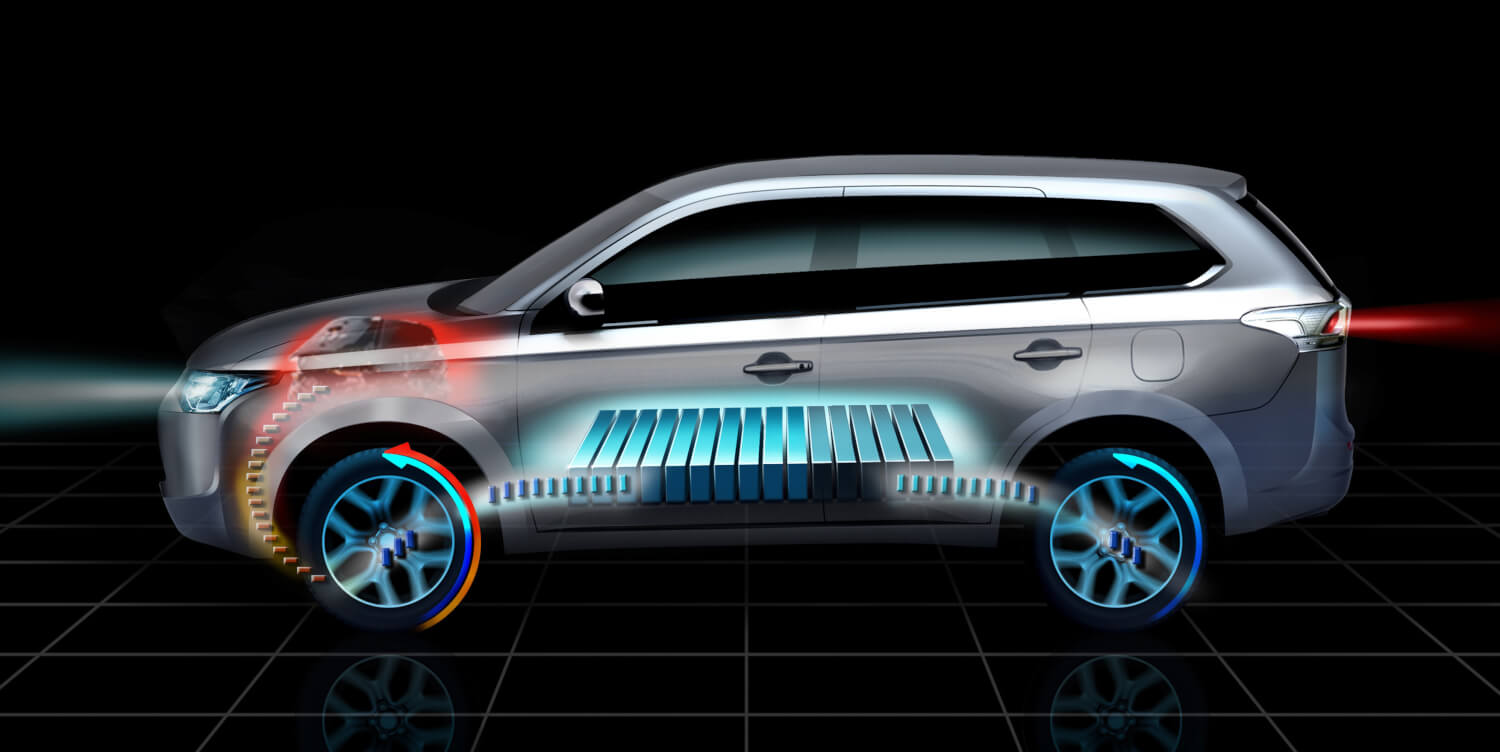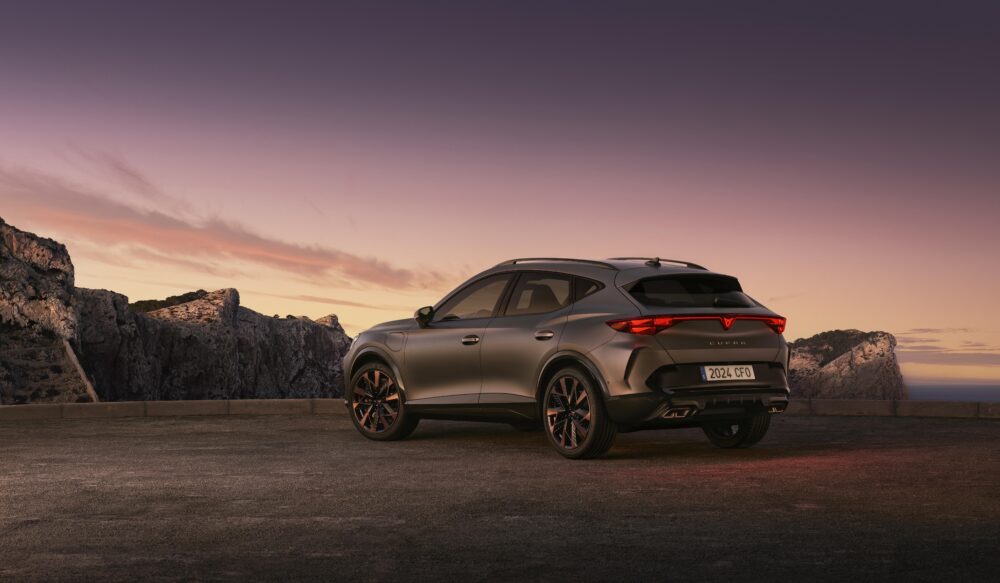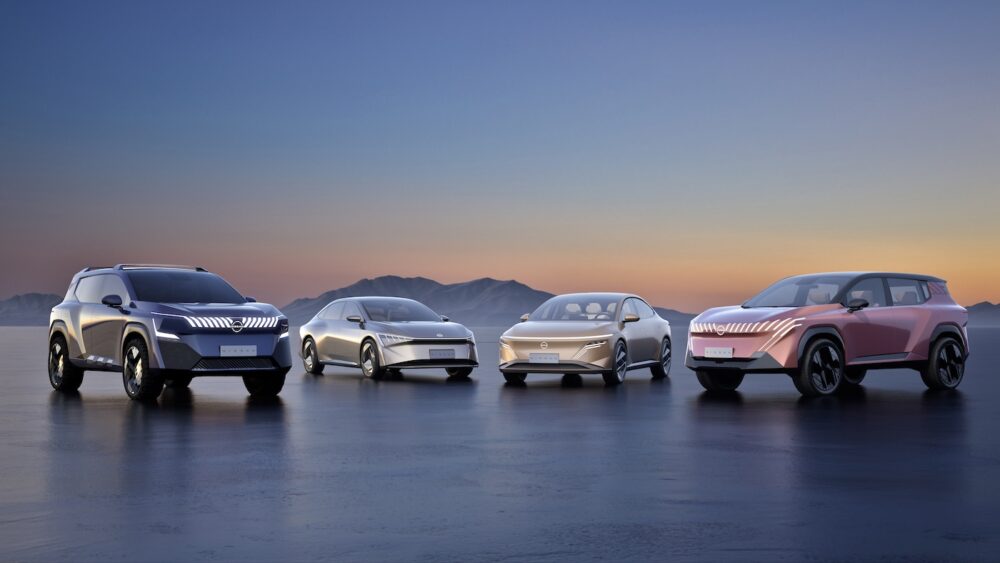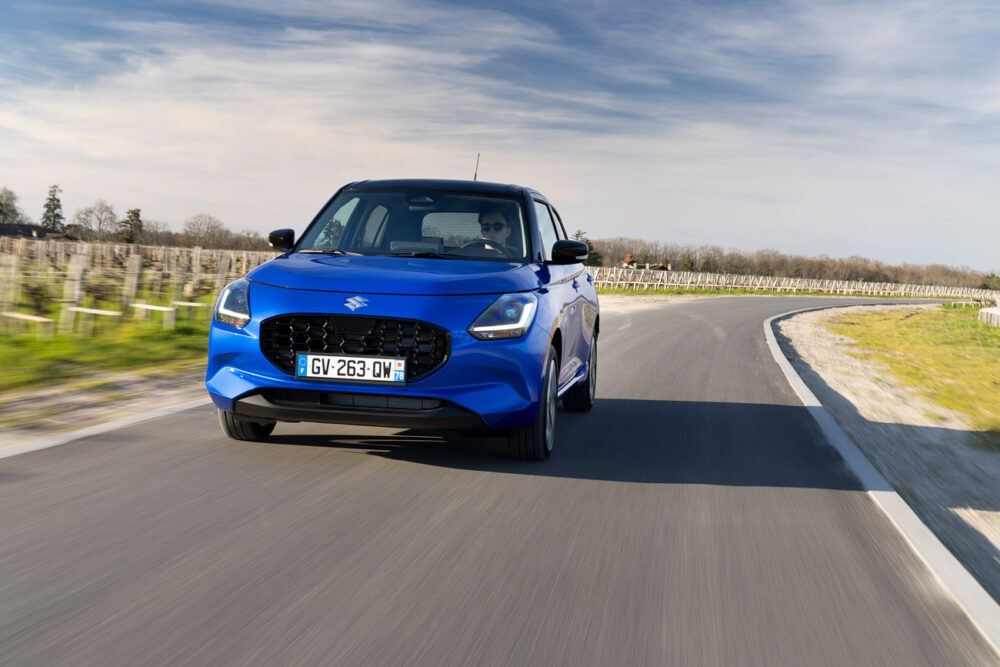Mitsubishi: Outlander PHEV with more power
REAL PROGRESS Mitsubishi has given its Outlander plug-in hybrid (PHEV) a major technical upgrade for the 2019 model year. Hardly anything has changed on the exterior for the 2019 model year. A look under the hood of the Outlander PHEV MY 2019 is all the more worthwhile. The Japanese have surprisingly increased the displacement. A fact that does not fit in at all with the general trend of the [...]
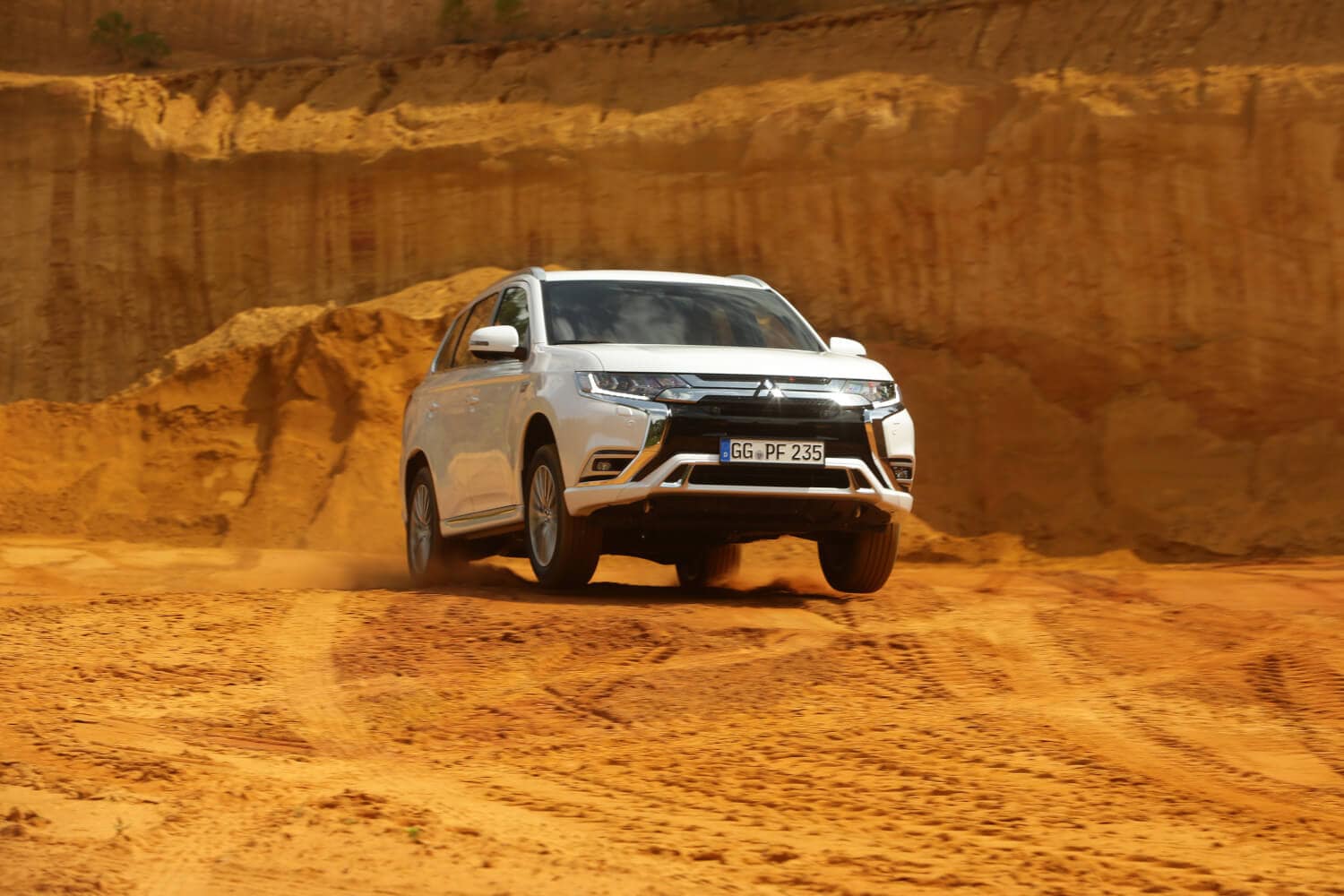
Surprisingly, the Japanese have increased the displacement. A fact that does not fit in at all with the general trend of downsizing. In addition to a battery with more capacity, two new driving modes and more powerful engines, there is a higher electric top speed and a significantly reduced noise level in the interior thanks to better insulation.
Completely revised drive
In order to defend or even expand its market share, the Outlander PHEV received a comprehensive overhaul, particularly in terms of the powertrain. While the electric motor still produces 60 kW ( 82 hp) on the front axle, it is now 70 kW (95 hp) on the rear axle. In addition, the battery now has an increased capacity of 13.8 kilowatt hours, which is 1.8 kW more than before. In addition, the generator output also grows by 10 percent with the model year.
Efficiency display shows the driving style
The interior has made significant improvements in terms of quality and appearance. In the interior, visually and ergonomically optimized front seats with improved body control, separate climate vents in the rear of the vehicle, windshield lift control buttons with illuminated symbols and a new switch bar below the audio/navigation system as well as new instruments move into Mitsubishi's plug-in hybrid. In the redesigned instrument cluster, the efficiency display provides information on current driving style and recuperation level during all-electric driving, as before. The trunk capacity is 463 to 1602 liters.
Larger displacement and more power
But Mitsubishi has also taken care of the combustion engine. The all-new powerplant has been given a hefty power boost and now mobilizes 135 hp. That's 14 hp more than before. For this, Mitsubishi has increased the displacement not inconsiderably to 2.4 liters. Previously it was only two liters. And the engine makes use of the Atkinson cycle: This means that the intake valve is closed later than in a conventional gasoline engine, resulting in a shorter compression stroke that significantly reduces fuel consumption and emissions.
Interaction of three engines
The Outlander completes the zero-hundred-km sprint in a respectable 10.5 seconds, which is 0.3 seconds less than before. The chapter on standard consumption has been adapted to the WLPT measurement procedure since September 2018. The standard consumption determined according to WLPT is two liters per 100 kilometers driven. Converted to the NEDC cycle, this corresponds to 1.8 liters per 100 kilometers. A moderate increase of 0.1 liters. The purely electric range according to WLPT is now 45 kilometers. That's a comfortable figure to live with. Prices start at 39,900 francs.







